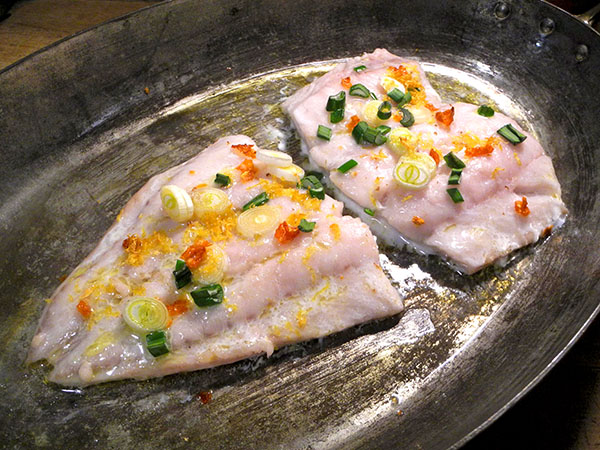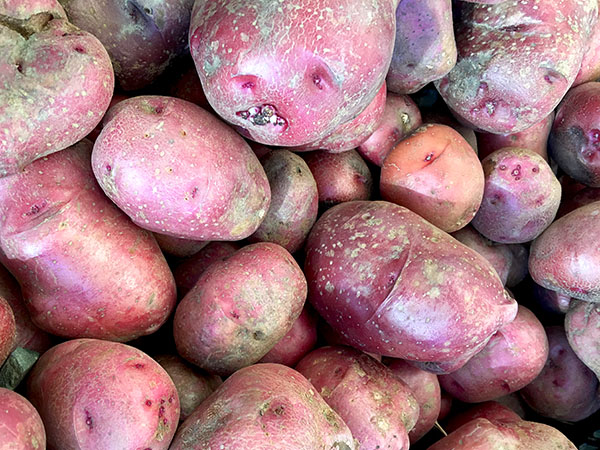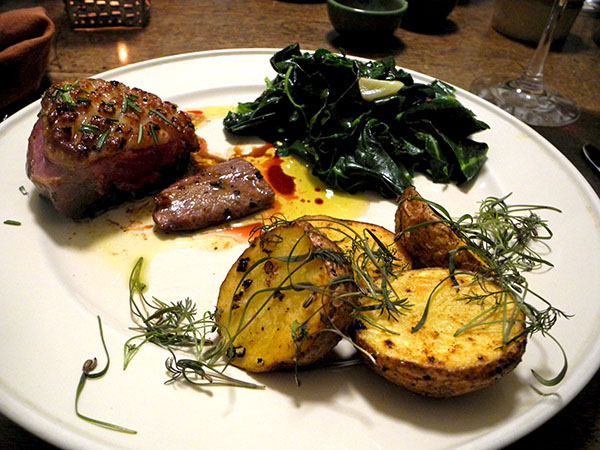
The duck is always a treat, and the vegetables served with it, which always vary, are chosen for their sturdiness and color. It always works. This time there was a small tweak in one of the standby classics, the introduction of some Spanish paprika (picante) and a little dried dark habanada pepper.
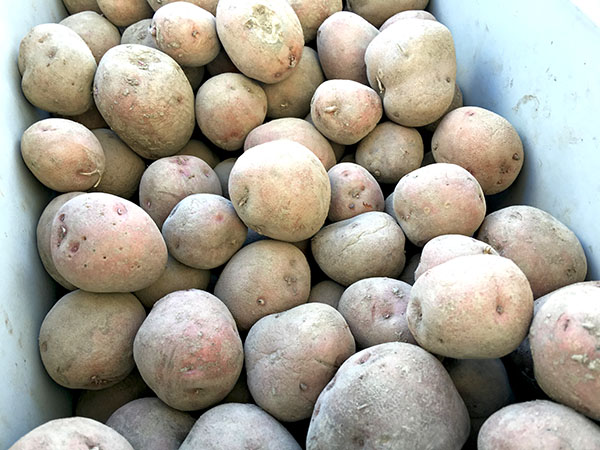
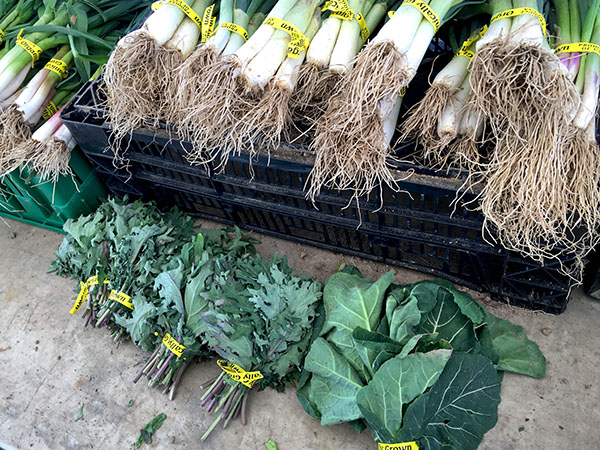
- one duck breast (12 ounces) from Hudson Valley Duck, the fatty side scored in tight cross hatching with a very sharp knife, the entire breast then sprinkled with a mixture of sea salt, freshly-ground pepper, and a little turbinado sugar (infused over a very long time with a whole vanilla bean), the duck left standing for about 45 minutes, this time, before it was pan-fried over medium heat, the fatty side down first, in a tiny bit of olive oil, draining the oil part of the way through [to be strained and used in cooking later, if desired], the breast removed when medium rare (cut into 2 portions to check that the center is of the right doneness, that is, no more than medium rare), left to sit for several minutes before serving, but drizzled with a sweet local lemon from Fantastic Gardens of Long Island and drops of a very good Campania olive oil, scattered with a little chopped rosemary from Whole Foods once the duck had been arranged on the plates [NOTE: the tenderloin was removed from the breast, marinated along with it and fried very briefly near the end of the time the bulk of the meat was cooking, divided in half and served next to it]
- four red gold potatoes from Keith’s Farm, scrubbed, halved uncut, tossed with a little olive oil, salt, pepper, a little picante Spanish paprika, a large pinch of dark home-dried habanada pepper, arranged cut side down on a small Pampered Chef unglazed ceramic pan, roasted at about 375º-400º for about 20 or 25 minutes, roasted at about 375º for about 20 or 25 minutes, arranged on the plates draped with a little bronze micro fennel from Two Guys from Woodbridge

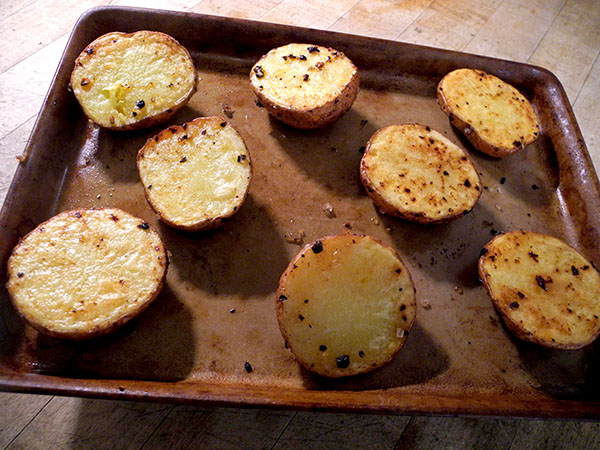
- one spray of tender collard greens from Norwich Meadows Farm (lower right in the third photograph above), washed twice, drained (some of the water retained and held aside, to be added as the greens cooked) cut roughly, braised until gently wilted inside a heavy enameled cast iron pot in which crushed garlic from Healthway Farms & CSA had been allowed to sweat with some olive oil, the dish finished with salt, pepper, a little crushed dried Sardinian pepperoncino from Buon Italia, and a drizzle of olive oil
- Although the wine had been opened one full hour before the meal, at first it tasted surprisingly light for a Bordeaux, and especially for a Merlot; a little later in the meal it began to taste like a much more ‘important’ wine; it was a French (Bordeaux) red, Château Les Charmes-Godard Côtes de Bordeaux Rouge 2008, from Chelsea Wine Vault
- the music was Hans Pfitzner’s gorgeous 1915 opera, ‘Palestrina’, with Kirill Petrenko conducting the Frankfurt Opera House and Museum Orchestra and the Frankfurt Opera Chorus
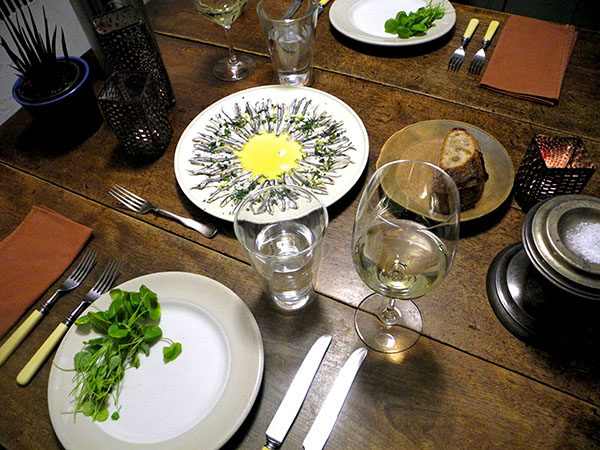
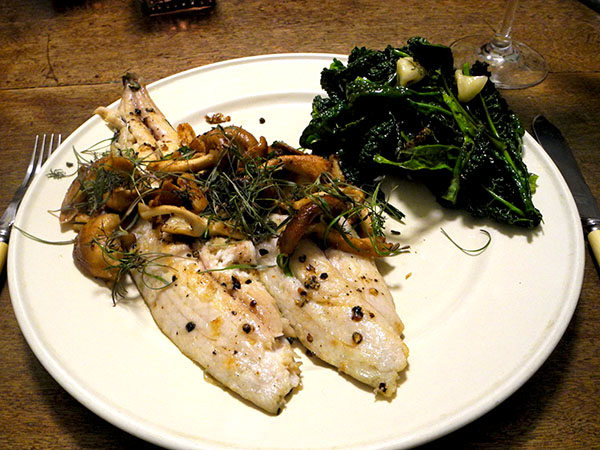
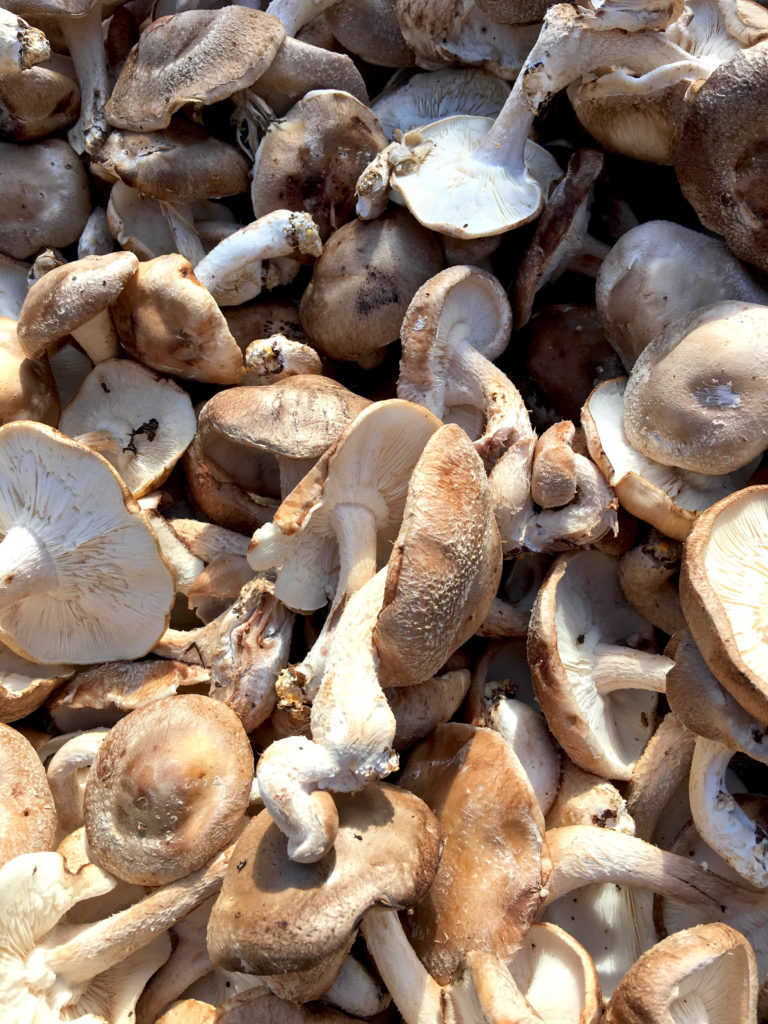
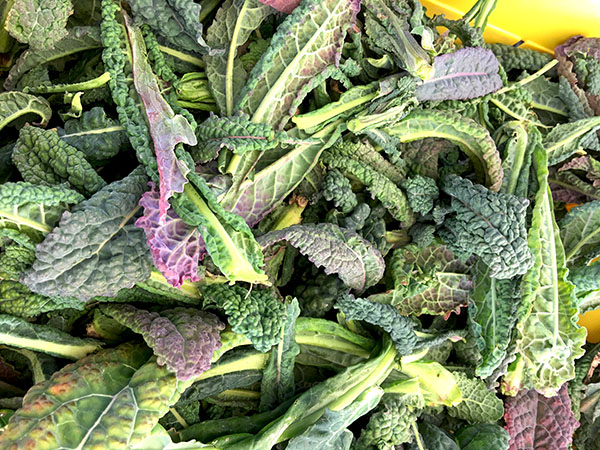
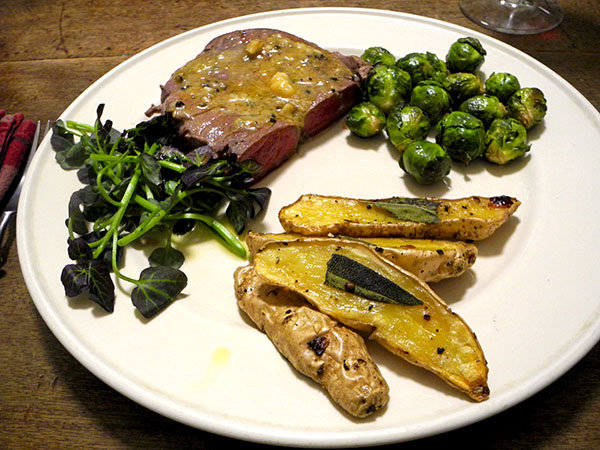
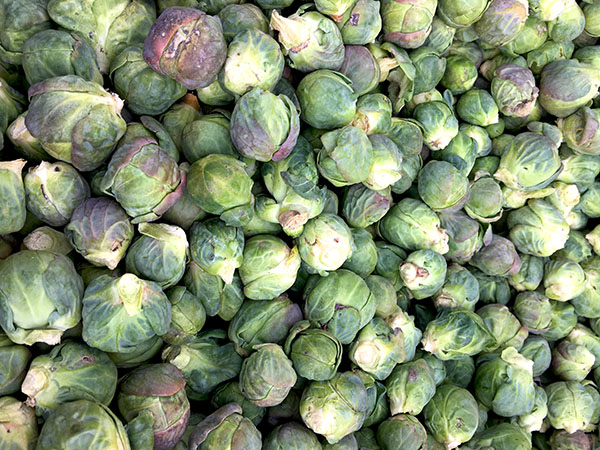
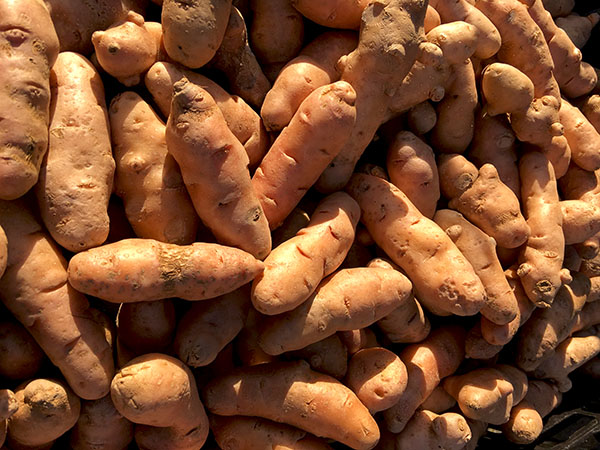

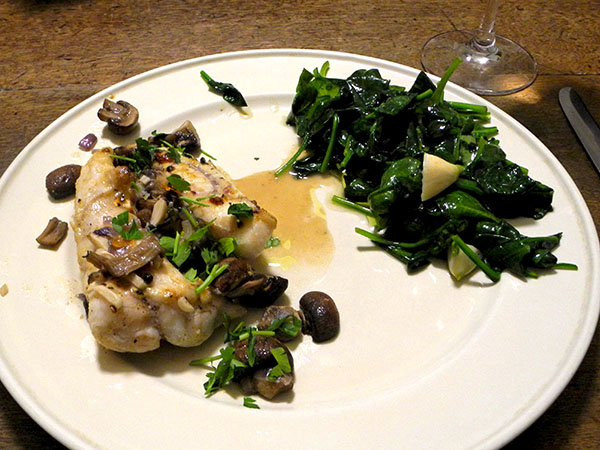
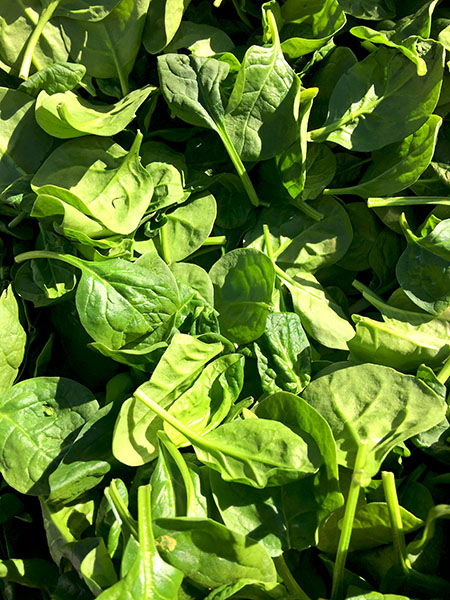
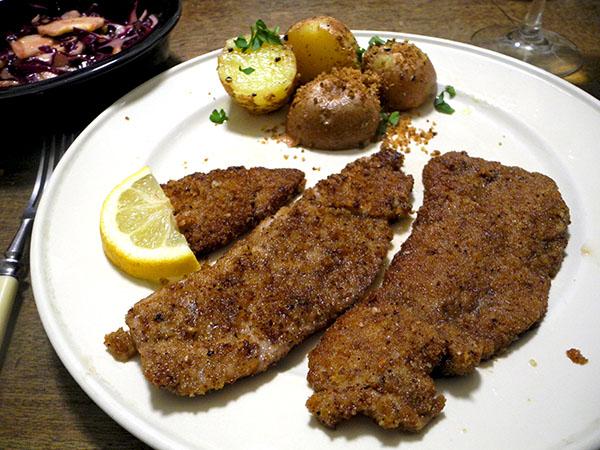
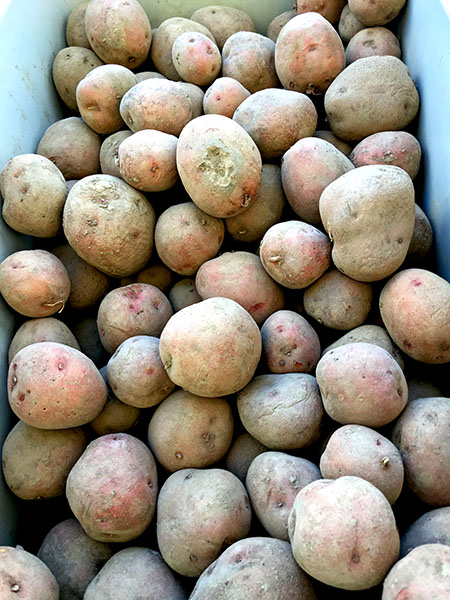
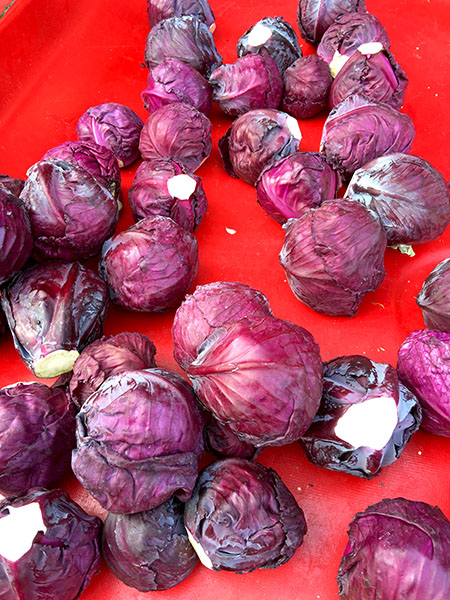
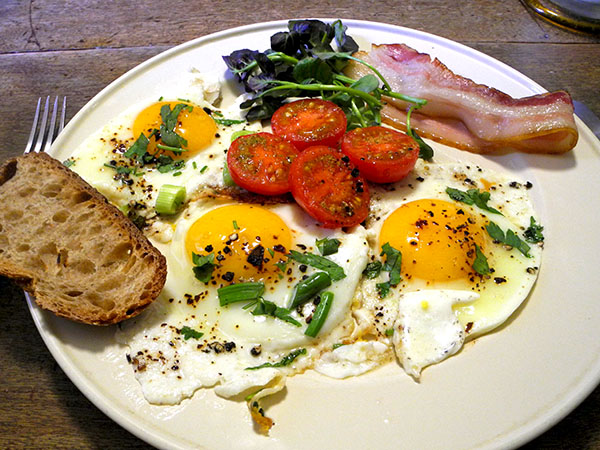
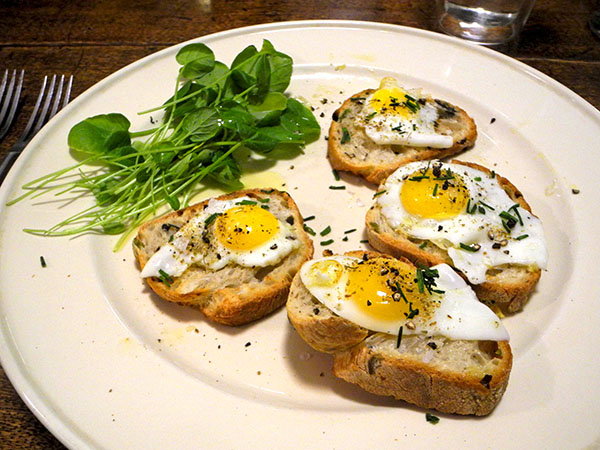
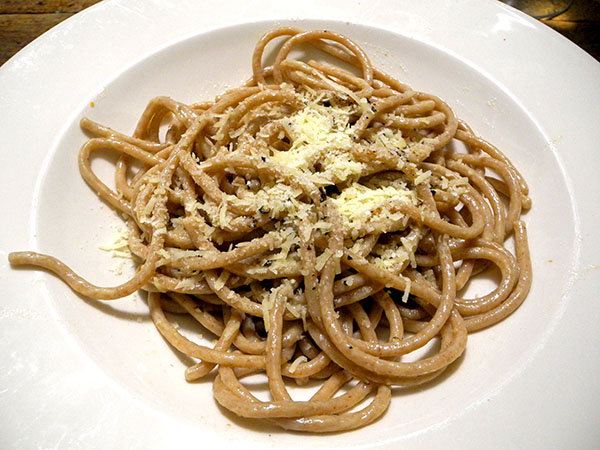
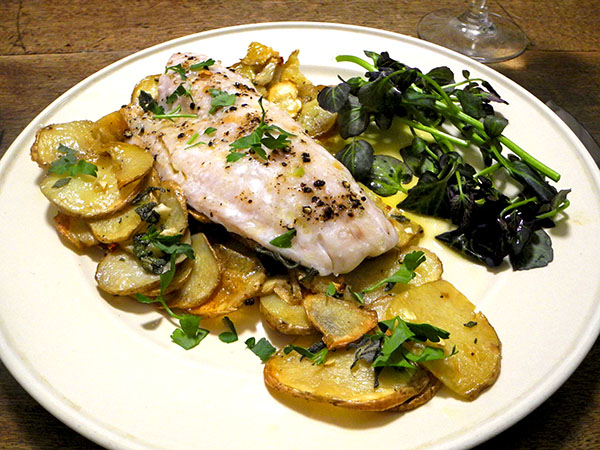


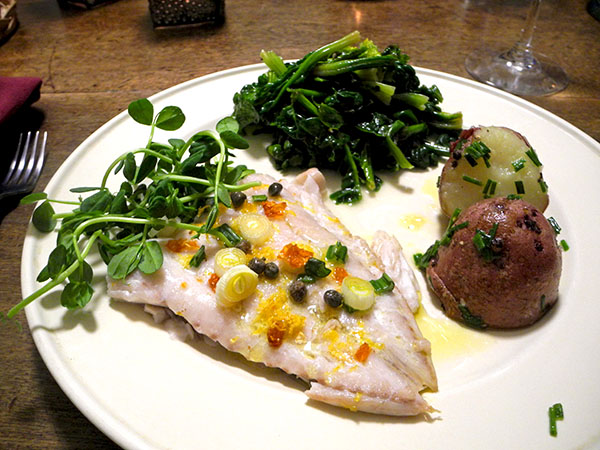 I’ve always described pollock as a wonderful fish, and this time, more than ever before, on Wednesday it looked as lovely as it tasted.
I’ve always described pollock as a wonderful fish, and this time, more than ever before, on Wednesday it looked as lovely as it tasted.